
John Augustus Sutter, born Johann August Sutter and known in Spanish as Don Juan Sutter, was a Swiss immigrant of Mexican and American citizenship, known for establishing Sutter's Fort in the area that would eventually become Sacramento, California, the state's capital. Although he became famous following the discovery of gold by his employee James W. Marshall and the mill-making team at Sutter's Mill, Sutter saw his own business ventures fail during the California Gold Rush. Those of his elder son, John Augustus Sutter Jr., were more successful.

Sacramento is the capital city of the U.S. state of California and the seat and largest city of Sacramento County. Located at the confluence of the Sacramento and American Rivers in Northern California's Sacramento Valley, Sacramento's 2020 population of 524,943 makes it the sixth-largest city in California and the ninth-largest capital in the United States. Sacramento is the seat of the California Legislature and the Governor of California, making it the state's political center and a hub for lobbying and think tanks. It features the California State Capitol Museum.

Sutter's Fort was a 19th-century agricultural and trade colony in the Mexican Alta California province. The site of the fort was established in 1839 and originally called New Helvetia by its builder John Sutter, though construction of the fort proper would not begin until 1841. The fort was the first non-Indigenous community in the California Central Valley. The fort is famous for its association with the Donner Party, the California Gold Rush, and the formation of the city of Sacramento, surrounding the fort. It is notable for its proximity to the end of the California Trail and Siskiyou Trails, which it served as a waystation.

Sutter County is a county located in the U.S. state of California. As of the 2010 census, the population was 94,737. The county seat is Yuba City. Sutter County is included in the Yuba City, CA Metropolitan Statistical Area as well as the Sacramento-Roseville, CA Combined Statistical Area. The county is located along the Sacramento River in the Sacramento Valley.
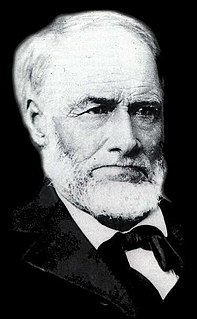
James Wilson Marshall was an American carpenter and sawmill operator, who reported the finding of gold at Coloma on the American River in California on January 24, 1848, the impetus for the California Gold Rush. The mill property was owned by Johann (John) Sutter who employed Marshall to build his mill. The wave of gold seekers turned everyone's attention away from the mill which eventually fell into disrepair and was never used as intended. Neither Marshall nor Sutter ever profited from the gold find.
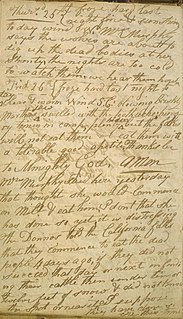
The Donner Party was a group of American pioneers who migrated to California in a wagon train from the Midwest. Delayed by a multitude of mishaps, they spent the winter of 1846–1847 snowbound in the Sierra Nevada mountain range. Some of the migrants resorted to cannibalism to survive, eating the bodies of those who had succumbed to starvation, sickness and extreme cold.

The California Republic, or Bear Flag Republic, was an unrecognized breakaway state from Mexico, that for 25 days in 1846 militarily controlled an area north of San Francisco, in and around what is now Sonoma County in California.

John Bidwell was known throughout California and nationally as a pioneer, farmer, soldier, statesman, politician, prohibitionist, and philanthropist. He was active in the Democratic and then Republican parties, and was elected to Congress as a Republican in 1864, serving one term.
New Helvetia, meaning "New Switzerland", was a 19th-century Alta California settlement and rancho, centered in present-day Sacramento, California.
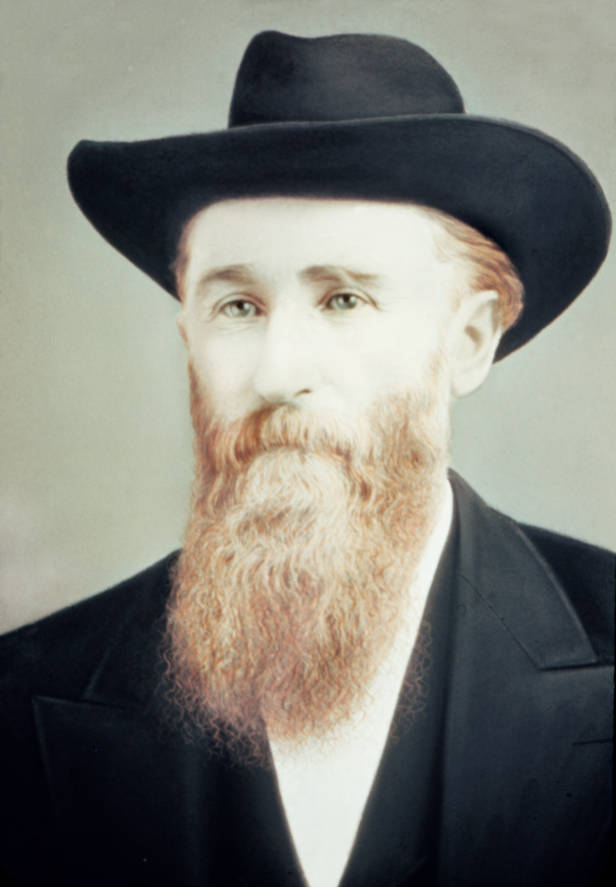
Hugh James Glenn was a prominent 19th-century businessman and politician in California. In 1879, he ran in the California gubernatorial election as the candidate of both the Democratic and the New Constitution parties but lost to Republican George C. Perkins.
The Stephens–Townsend–Murphy Party consisted of ten families who migrated from Iowa to California prior to the Mexican–American War and the California Gold Rush. The Stephens Party is significant in California history because they were the first wagon train to cross the Sierra Nevada during the expansion of the American West. In 1844, they pioneered the first route at or near what was later named Donner Pass. The crossing was a year before John C. Fremont, two years before the Donner Party, and five years before the 1848–49 Gold Rush.

The history of Sacramento, California, began with its founding by Samuel Brannan and John Augustus Sutter, Jr. in 1848 around an embarcadero that his father, John Sutter, Sr. constructed at the confluence of the American and Sacramento Rivers a few years prior.
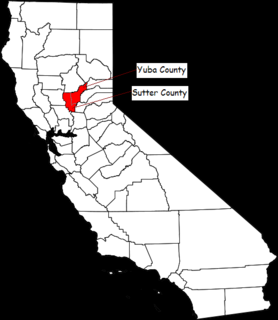
The Yuba–Sutter area, or Yuba City Metropolitan Statistical Area, is a smaller metropolitan community including Yuba and Sutter Counties in Northern California's Central Valley within the Greater Sacramento area.
The Squatters' riot was an uprising and conflict that took place between squatting settlers and the government of Sacramento, California in August 1850 concerning the lands that John Sutter controlled in the region and the extremely high prices that speculators set for land that they had acquired from Sutter. The influx of squatters was a consequence of the 1848 California Gold Rush; when courts began to take legal action against squatters in the area, the squatters mobilized under Dr. Charles L. Robinson and Joseph Maloney and challenged mayor Hardin Bigelow and sheriff Joseph McKinney; the conflict was ultimately resolved, and the speculation in Sacramento ended as a result.
Rancho Honcut was a 31,080-acre (125.8 km2) Mexican land grant in present day Yuba County, California given in 1844 by Governor Manuel Micheltorena to Theodor Cordua. The rancho is named after Honcut Creek which bounded the grant on the north. The grant was bounded on the east by the Sierra Nevada Mountains, on the south by the Yuba River, on the west by the Feather River, and included present day Honcut and Ramirez.

John Augustus Sutter Jr. was the founder and planner of the City of Sacramento in California, a U.S. Consul in Acapulco, Mexico and the son of German-born but Swiss-raised American pioneer John Augustus Sutter Sr.

John Turner was an American fur trapper and guide who first entered Oregon Country in 1828 and became an early resident of the Willamette Valley. Later he moved to California where he was part of the second attempt to rescue the Donner Party.
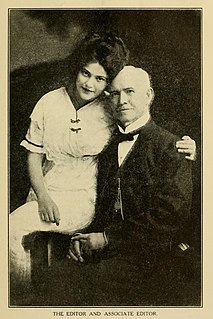
Charles Fayette McGlashan was an American writer, historian, journalist, educator, lawyer, amateur entomologist and astronomer. He was also a Republican who took an active role in Sinophobic movements in Truckee, California in the 1880s. McGlashan Point overlooking Donner Lake is named after him.
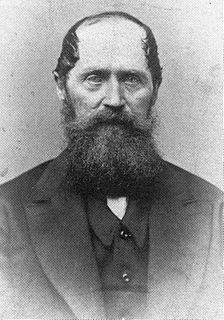
Johann Ludwig Christian Keseberg, also referred to as Lewis Keseberg, was a member of the Donner Party of 1846–1847. He was the last survivor to be rescued from the Donner campsite. His reputation and his involvement in cannibalism allowed him to be remembered as "the most infamous and vilified member of the Donner Party."















